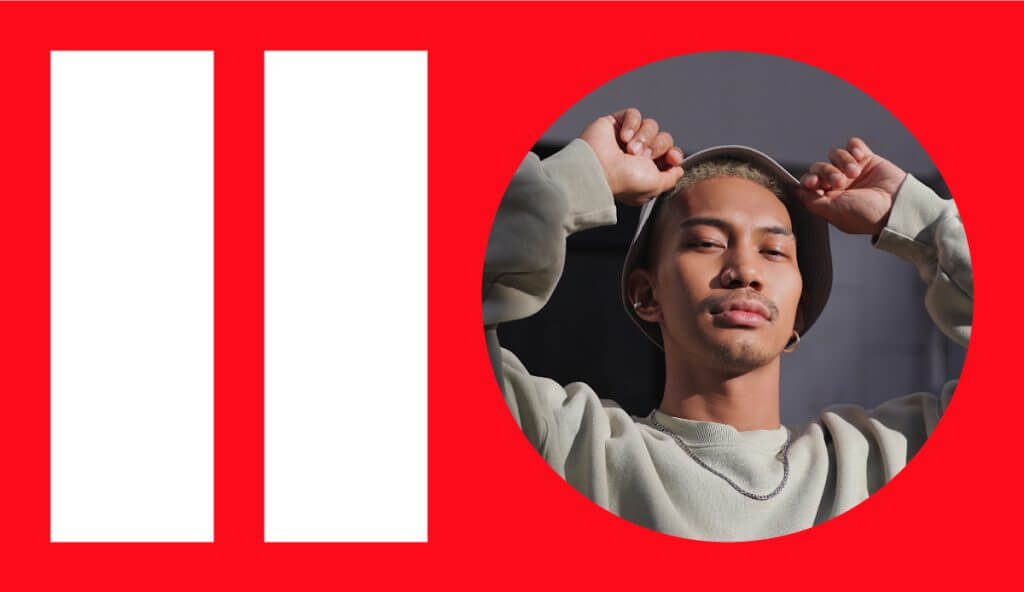
In recent years, influencer marketing has experienced a surge in popularity among advertisers seeking to engage with their target audiences. A survey from 2020 indicated that 61% of consumers trusted recommendations from influencers, family members, and friends on social channels, while only 38% trusted direct recommendations from brands. The phenomenal success of influencer marketing has largely rested on the organic growth of trust among consumer audiences, and the statistic underscored the power of influencers to trigger purchasing decisions.
The cost of influencer marketing, as opposed to celebrity endorsements, is also relatively low, offering brands the potential to achieve a significant return on investment. Despite its initial success, influencer marketing, like any other discipline, has its own set of challenges. De-influencing emerged as a prominent trend, gaining substantial momentum as consumers started seeking a more authentic experience, becoming aware of the commercial nature of influencer endorsements. As of June 2023, the hashtag #deinfluencing was used 669 million times on TikTok.

JENNIFER SUDO, MANAGING PARTNER, AMERICAS
“As influencer marketing evolves, brands need to adapt their strategies to continue fostering genuine connections. By understanding this trend, brands can better navigate the authenticity crisis and maintain trust with their audiences.”
This article discusses the various aspects of de-influencing and associated strategies. Let’s deconstruct de-influencing.
What Is Deinfluencing?
Deinfluencing can be defined as a movement that encourages consumers to question influencer endorsements and make more informed decisions. It aims to counteract the perceived lack of authenticity and transparency in influencer culture, turning into a trend where content discourages audiences from purchasing an overhyped product or service. For instance, a beauty influencer might talk about a product that did not live up to social claims to save you the trouble of purchasing the product and trying it for yourself. It’s possible that the product was never meant for their skin type but the damage to the brand is already done.
In some cases, it’s also possible that a deinfluencing post, video, or campaign may be driven by a hidden agenda. For instance, an influencer may use the strategy to build trust with an audience and then influence them to purchase a different product down the line. Either way, deinfluencing can impact a brand’s credibility, revenues, profitability, and even its stock price.
How Can Brands Avoid Deinfluencing and Negative Feedback?
Prevention is better than a cure. Here are three powerful preventive measures that brands can incorporate into influencer marketing policies and strategies:
1. Have Clear Briefing Docs
It’s important to have clarity on the desired outcomes of influencer marketing campaigns along with the means to achieve those outcomes, right from the campaign messaging to the type of influencers needed. While this is a basic requirement, many brands miss out on it.
This is where briefing documents play an important role. Comprehensive briefing documents offer a clear and concise outline of campaign objectives, expectations, key deliverables, guidelines of dos and don’ts, and success measurability metrics. A well-curated briefing doc also introduces your brand to influencers and invites questions from them early on. It sets the tone for a successful campaign.
Some brands replicate the same template for various campaigns. However, briefing documents are best created afresh for each campaign with slight overlaps, such as brand introductions.
2. Honesty Is The Best Policy
Overpromising and under-delivering results are some factors that can trigger deinfluencing. The best approach is to keep brand communication honest, to ensure that influencer messaging is true to its word about products and their impact.
Here’s an example: suppose a make-up product from the natural cosmetics category has longevity of just three to four hours, but the influencer promises consumers that their make-up will stay fresh all day. This will set the wrong consumer expectations. Instead, the messaging can focus on the benefits of a toxin-free product in enhancing skin health.
This is where thorough research on influencer partners holds the key to success. Brands are often taken in by the sheer numbers on an influencer’s profile. So, it’s as important to partner with influencers whose values align with your brand and whose audience matches your target audience. Likewise, brands must refrain from malpractices such as paying influencers for deinfluencing competitors to preserve level-playing market conditions. The focus should stay on building brand equity through honest, sustainable campaigns that promote the true benefits of the product/service.
3. Give Freedom For Authenticity
There’s a growing trend of brands offering a completely scripted narrative to influencers, telling them how to shoot videos and what to say. While brands can offer ideas and suggestions, they must allow influencers the autonomy to run campaigns in their signature style. Any influencer who readily accepts a scripted narrative should raise doubts about their ability to create strong-performing content knowing how audiences have become more discerning and knowledgeable about sponsored content.
Authentic influencers have built their following through original content, which harnesses creativity and seeds trust. Some brands may face a finite number of influencers that make sense for their campaign or significant difficulty pulling off a traditional partnership. Brands need to also consider UGC and encourage consumers with an affinity for the brand to share their real experience. The sheer creative thinking of content creators can astound you, and many brands miss out on working with their most impactful creators by not considering representing their own customers.
Key Takeaways
Here’s a snapshot of key takeaways for brands looking to capitalise on influencer marketing opportunities:
- Influencer briefing documents must be kept crisp, clear, and pack in enough detail to build high-impact campaigns. Customised briefing docs for each campaign help to build a higher degree of accountability, measurability, and authenticity.
- Briefing information must be kept honest. Laying down stringent guidelines for influencers empowers them to avoid amplifying false narratives.
- Highly scripted narratives are best avoided as they impact an influencer’s authenticity, which today’s consumers deeply care about. Success truly lies in building innovative campaigns.
- Finding the right influencer fit for each campaign is a must to drive conversions, but UGC is just as valuable.
Since 2019, the global influencer market has grown from $6.5 billion to $21.1 billion as of 2023. Partnering with the right influencers to reach the right audiences using the right messaging will be essential for brands to unleash the true potential of influencer marketing.
Working With M+C Saatchi Performance
At M+C Saatchi Performance, we have built a deep understanding of the influencer marketing ecosystem. We’ve established the full spectrum of Influencer Marketing Services under one roof – from talent management, contracting and audience research to creative strategy and measurement solutions.
Reach out to M+C Saatchi Performance to learn more about our influencer marketing services.


